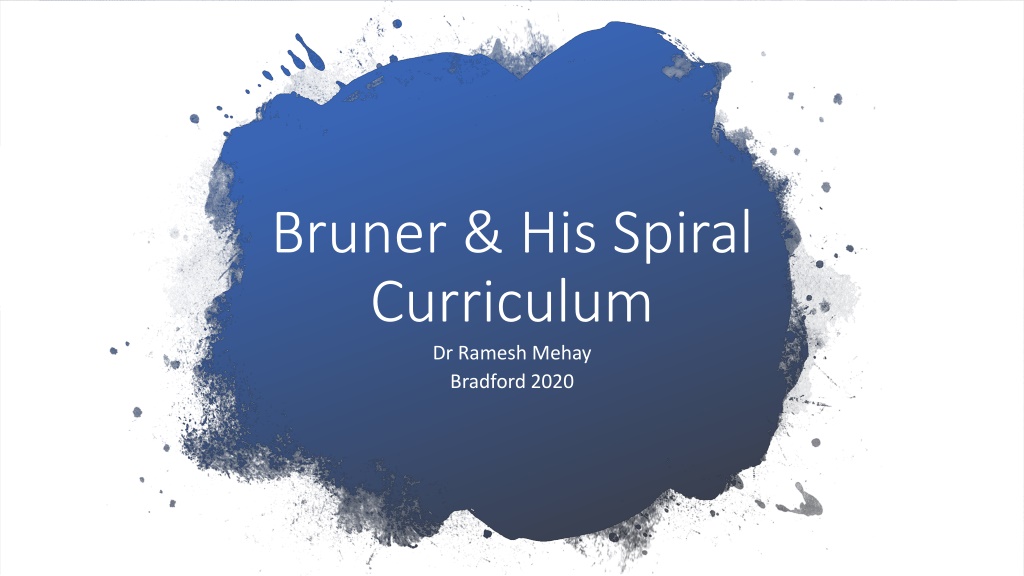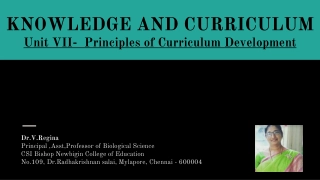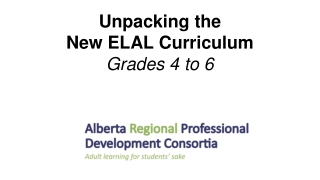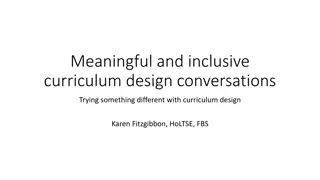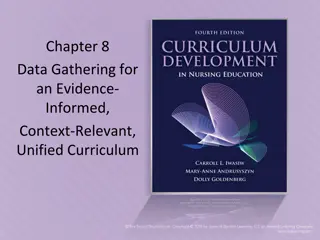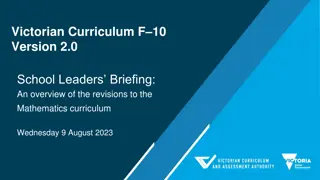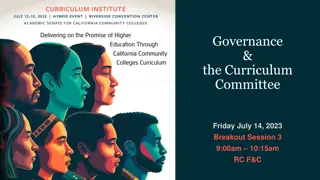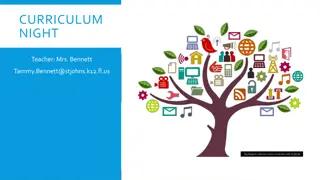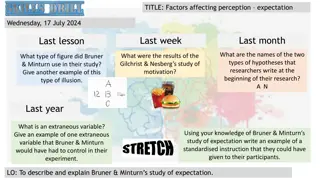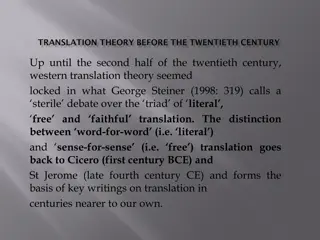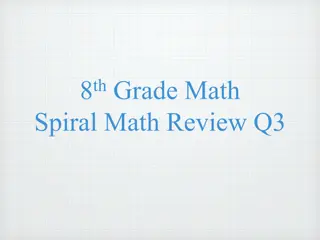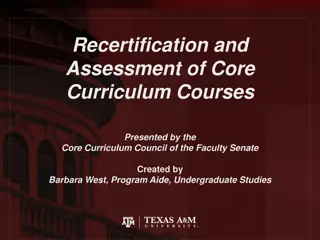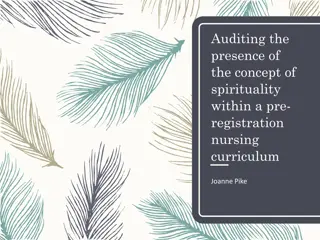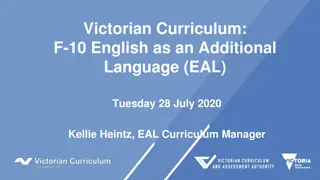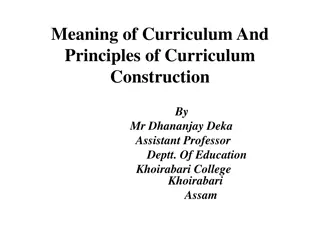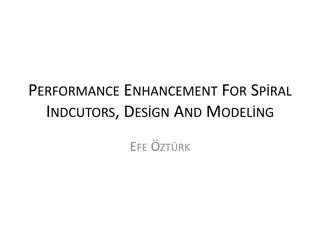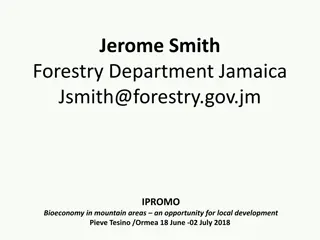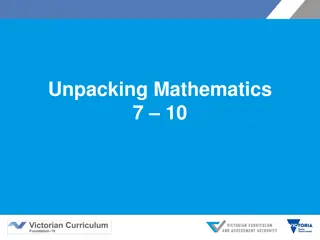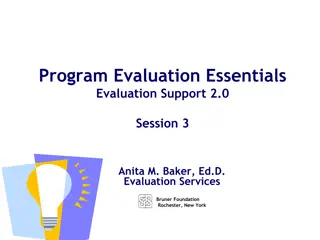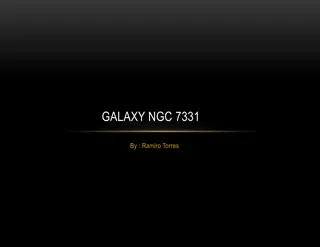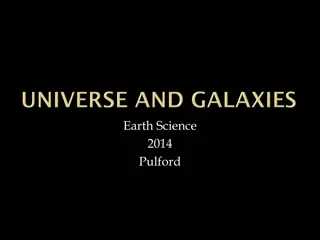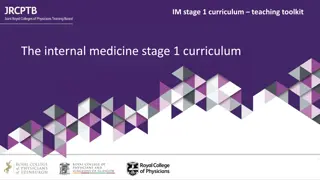The Spiral Curriculum: Jerome Bruner's Approach to Learning
Jerome Bruner's Spiral Curriculum emphasizes the importance of revisiting and building upon key concepts in education. Through a spiral approach, learning is structured to promote deeper understanding and retention, moving from basic concepts to more complex ideas over time. This methodology allows students to engage in active learning, encouraging exploration and discovery throughout their educational journey. By applying the Spiral Curriculum, educators can enhance students' comprehension and practical application of various subjects, fostering a more profound learning experience.
Download Presentation

Please find below an Image/Link to download the presentation.
The content on the website is provided AS IS for your information and personal use only. It may not be sold, licensed, or shared on other websites without obtaining consent from the author. Download presentation by click this link. If you encounter any issues during the download, it is possible that the publisher has removed the file from their server.
E N D
Presentation Transcript
Bruner & His Spiral Curriculum Dr Ramesh Mehay Bradford 2020
Born New York in 1915 Built on Lev Vygotsky ideas (1920/30s) of Social Development Theory & Constructivism Both believed that learning happens through personal discovery rather than being taught (or spoon-fed). Jerome Bruner s Background
Bruner believed that any subject can be taught to any child at any age (Bruner 1977) For example, let s look at teaching kids to bake scones during their normal school education The Spiral Curriculum
Baking Scones: during Home Economics classes. Usually what happens is that everything is done in one go. You get together the ingredients. Show them how to weight them all out. Show them how to mix it altogether with some water and milk and make a dough. Separate the dough into scone size bites and add them to a baking tray. Put in the oven and take out when done. Enjoy the taste. How much do you think the kids have learnt? Let me show you another approach and tell me if you think it s better or worse. The Spiral Curriculum
With a spiral curriculum: Session 1 in Home Economics: you explore the nature of different ingredients. The dryness of the flour. The oily ness of the margarine. The wetness of the milk. Exploring the basic ingredients of any cake making. Session 2: you combine the ingredients to form a dough. You explore the processs of making a dough. Noticing how the texture changes. What happens if you add too much or too little milk/water. Exploring the science of water. The effect it has? The importance of precise measurement in baking. Session 3: you then explore the effect of the heat from the over on the dough. How the texture changes yet again. The science of heat. The effect of too much or too little heat. Fan assisted vs normal Now tell me. Which child will be better equipped at baking any cake and understanding the principles behind baking?. The child from the previous session or this one? The Spiral Curriculum
In medicine, we can do the same. Rather than teach about (say) Asthma all in one go, we can break it down and teach it in a spiral way. In year one, you might teach the anatomy of the lung. You might explore the histopathology in asthma and what actually happens. In year 2 you might start looking at pharmacology. And revisit asthma the drugs used to treat it. Their pharmacokinetics and what they actually do to the lungs at the microscopic level. In year 3 you might start looking at holistic medicine, and exploring how illnesses affect people s lives. You might revisit asthma and see how it impairs lives if not stabilised or controlled. Can you see the constant revisiting throughout different stages of training build on what has gone before? Welcome to the spiral curriculum. e.g. on a respiratory ward e.g. Rx asthma/COPD Spirals in Medicine e.g. in asthma, COPD e.g. lung function
Back to the baking session. Can you see how in the second session the information is scaffolded rather than all vomited out at once as in the previous session? Bruner believed that adults can support children by scaffolding their learning on top of spiralising it. Scaffolding
